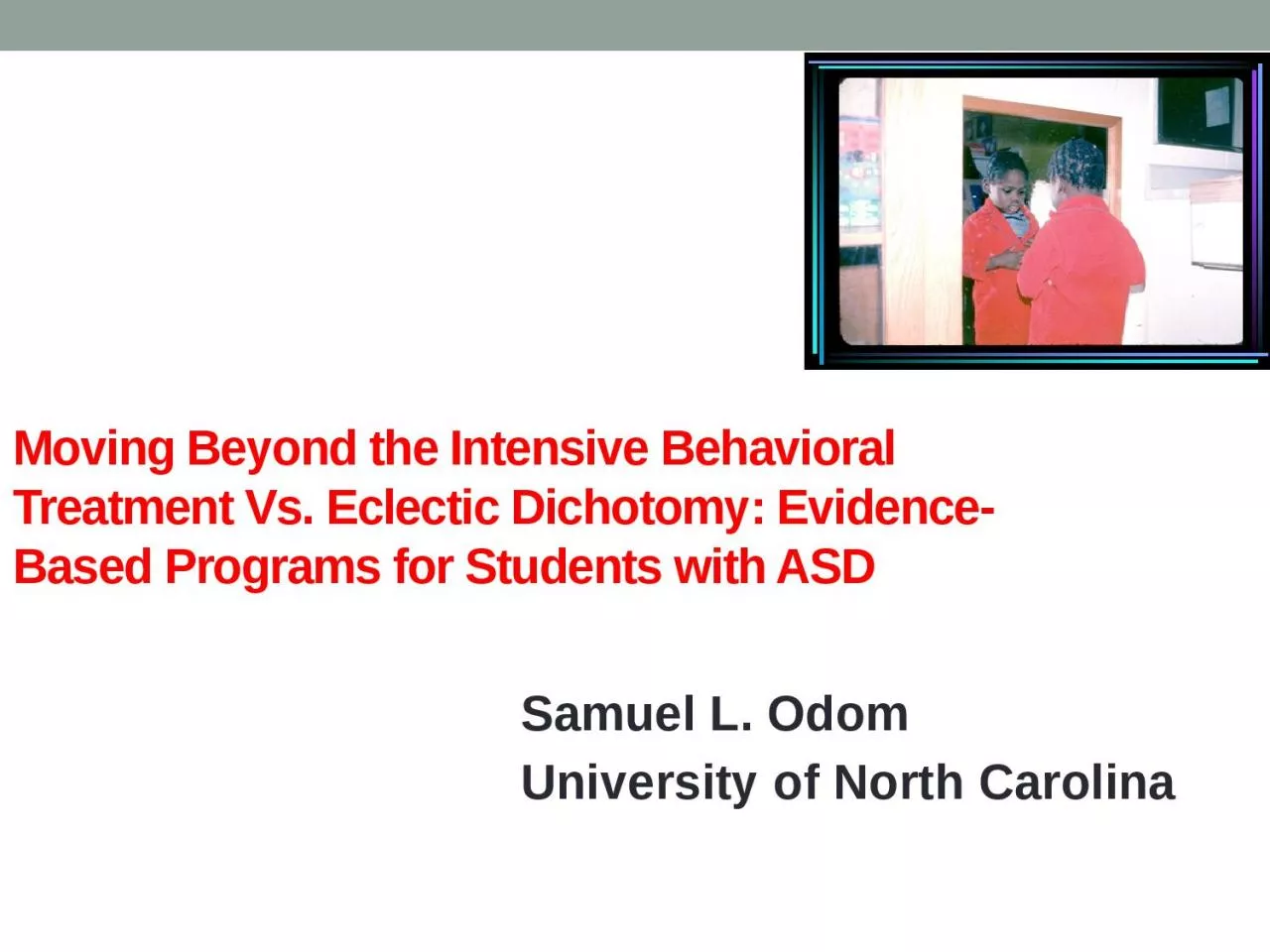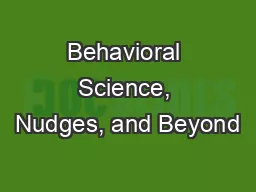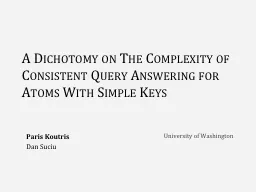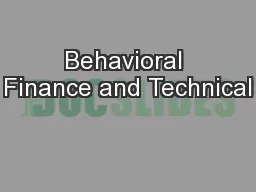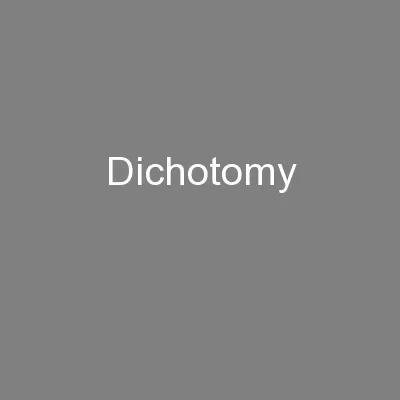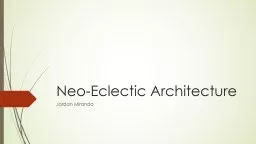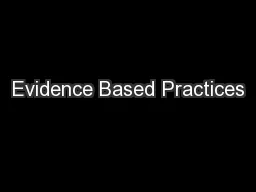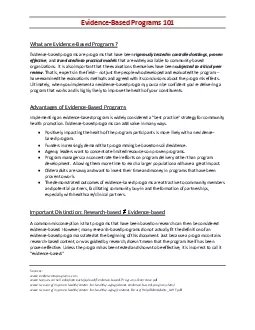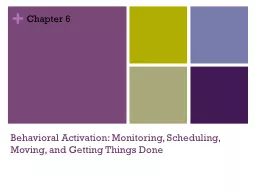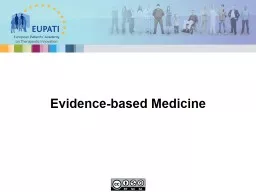PPT-Moving Beyond the I ntensive Behavioral Treatment Vs. Eclectic Dichotomy: Evidence-Based
Author : piper | Published Date : 2024-01-03
Samuel L Odom University of North Carolina Preview of Presentation Increase in ASD prevalence creates demand for services Comprehensive t reatment models Comparison
Presentation Embed Code
Download Presentation
Download Presentation The PPT/PDF document "Moving Beyond the I ntensive Behavioral..." is the property of its rightful owner. Permission is granted to download and print the materials on this website for personal, non-commercial use only, and to display it on your personal computer provided you do not modify the materials and that you retain all copyright notices contained in the materials. By downloading content from our website, you accept the terms of this agreement.
Moving Beyond the I ntensive Behavioral Treatment Vs. Eclectic Dichotomy: Evidence-Based: Transcript
Download Rules Of Document
"Moving Beyond the I ntensive Behavioral Treatment Vs. Eclectic Dichotomy: Evidence-Based"The content belongs to its owner. You may download and print it for personal use, without modification, and keep all copyright notices. By downloading, you agree to these terms.
Related Documents

